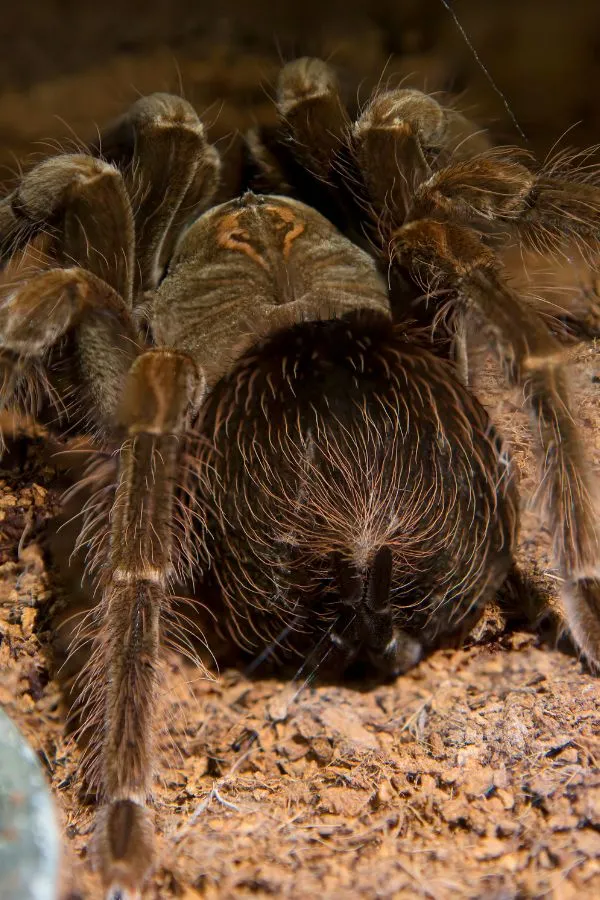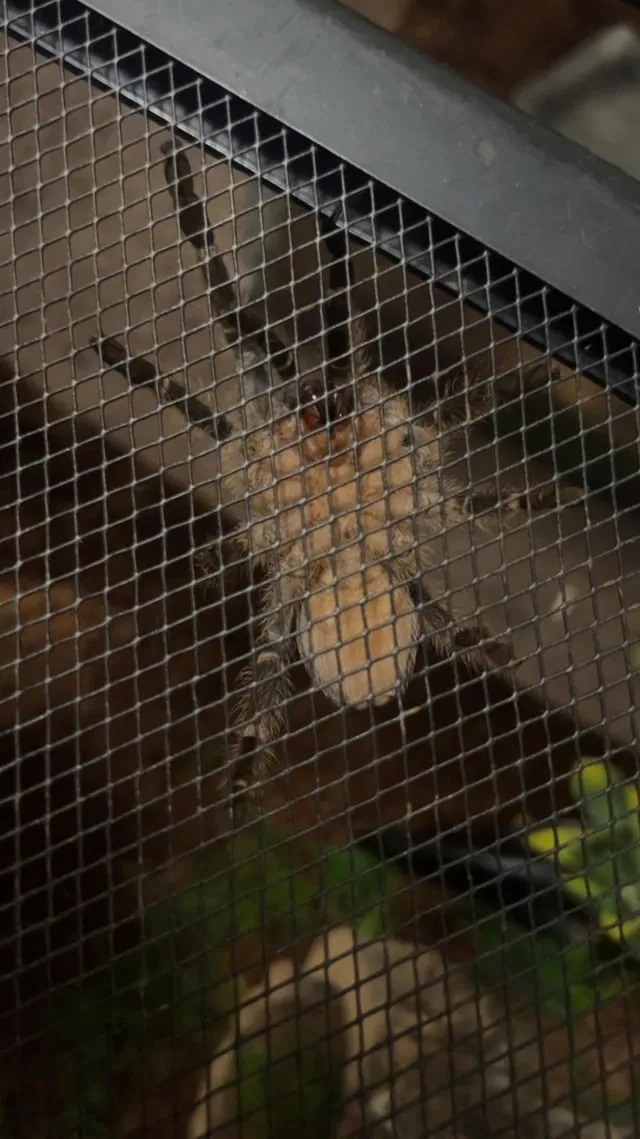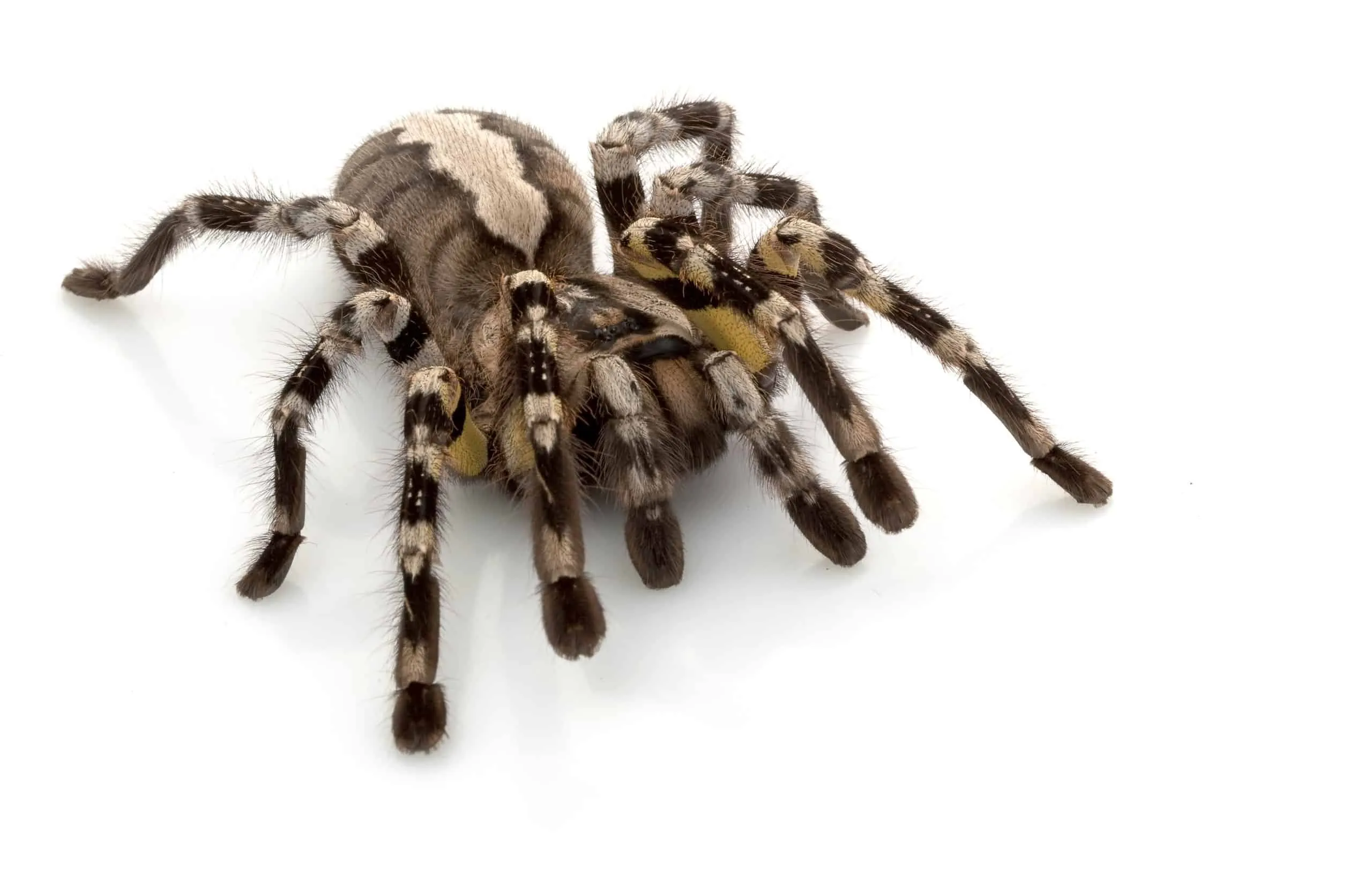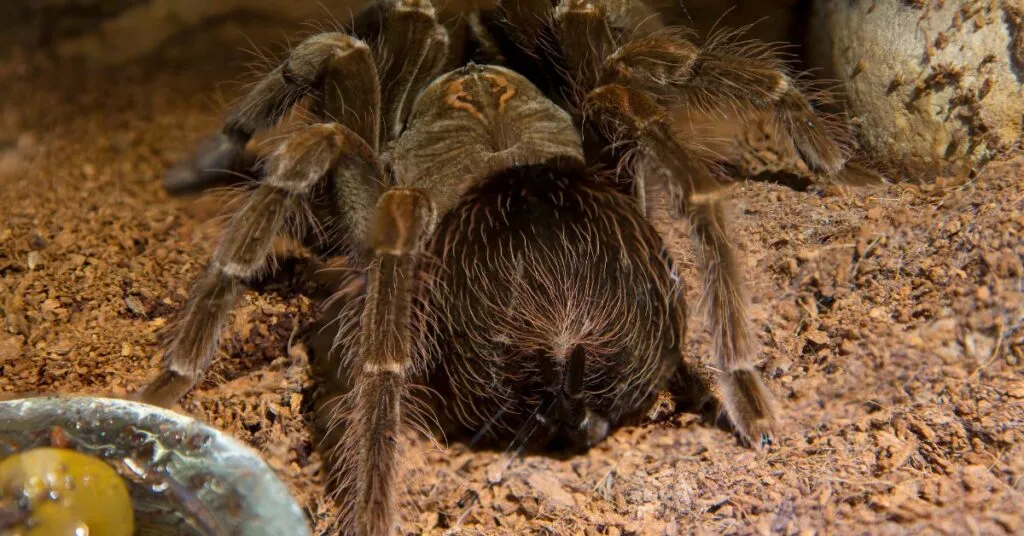Understanding Tarantula Gender Basics
Distinguishing between a male and a female tarantula is crucial for tarantula keepers. Not only does it influence care and handling, but it is also essential for breeding purposes. The differences between males and females can be subtle, particularly in younger specimens, but become more apparent as they mature. This guide will explore five key differences, providing essential information to help you accurately sex your tarantula and understand its specific needs. Proper identification will lead to better care and a deeper appreciation for these fascinating creatures. Learning how to identify the gender of your tarantula can provide invaluable insight into their behavior, lifespan, and suitability for breeding. This will enable you to create the most suitable environment for your pet, promoting its health and well-being.
What are the main differences?
The main differences between male and female tarantulas include their physical characteristics, behavior, and lifespan. These differences can be observed through several indicators, such as the presence of specific structures after the final molt, body shape, and overall size. Males typically have a shorter lifespan, while females live much longer, reaching maturity at different stages of their life cycles. The behavior also differs significantly. Males often exhibit wanderlust in search of mates, while females tend to be more sedentary, remaining within their established territories. Identifying these key aspects is critical for accurate sexing and ensuring the appropriate care is provided to your tarantula.
Male Tarantulas

Male tarantulas are characterized by their smaller size and often a less robust build than females. After their final molt, they develop specialized structures called tibial hooks on their front legs, which they use to hold the female’s fangs during mating. Additionally, they have palpal bulbs, which are modified pedipalps at the end of their pedipalps, where they store sperm. These features are key indicators of a male tarantula, especially post-maturity. Male tarantulas often have a more elongated appearance. In general, they are more active, especially when approaching sexual maturity. Their primary focus is often on finding a mate, leading them to wander and explore their surroundings more frequently than females.
Female Tarantulas
Female tarantulas typically possess a larger body size, a sturdier build, and a longer lifespan. They do not have tibial hooks, and they have a visible spermatheca, which can be seen after their final molt. The spermatheca is an organ used to store sperm from the male. Females are generally less active than males, preferring to remain in their burrows or established territories. They tend to be more defensive and territorial. The presence of a spermatheca is a definitive sign of a female tarantula, and it can be identified by examining the exuviae (shed skin) after a molt. Additionally, females display a more rounded, robust appearance, contrasting the leaner, more elongated build of males.
Life Expectancy
One of the most significant differences between male and female tarantulas is their lifespan. Male tarantulas have a significantly shorter lifespan, often living only a few years after reaching maturity. They often die shortly after mating, as their primary purpose is to reproduce. Female tarantulas, on the other hand, have a much longer lifespan, often living for 10 to 30 years, or even longer, depending on the species and the care they receive. This extended lifespan makes female tarantulas a more significant long-term commitment, providing more opportunities for keepers to enjoy and learn from their pets. The longer lifespan is an important consideration for anyone contemplating tarantula ownership.
Body Structure Differences

Physical differences between male and female tarantulas are most apparent in their body structure. These differences include variations in size, shape, and the presence or absence of certain structures. Observing these physical traits requires close examination and careful handling, and it’s often best to rely on visual clues after a molt to properly sex a tarantula. This section will explain the key structural differences that can help you distinguish between a male and a female tarantula, providing you with the necessary knowledge for accurate identification and proper care.
Size and Shape Variations
In general, female tarantulas tend to be larger and more robust than males, particularly as they mature. This difference in size and shape is often a good indicator of gender. Females typically have a more rounded abdomen, which houses their reproductive organs and stores eggs. Males tend to have a more elongated abdomen. In species where size differences are pronounced, this can be a straightforward way to make an initial assessment. However, it is not always a foolproof method, as individual variation exists. Examining the overall body shape is more effective when considered with other indicators, such as the presence of tibial hooks or spermatheca.
Identifying Sexual Dimorphism
Sexual dimorphism in tarantulas refers to the physical differences between males and females. This dimorphism is most apparent after the final molt, when the male develops tibial hooks and palpal bulbs. These structures are essential for mating. The tibial hooks are used to hold the female’s fangs, and the palpal bulbs store sperm. Females, on the other hand, do not possess these features, but they have a spermatheca, which is the internal structure used to receive and store sperm. Being able to identify these characteristics will enable a keeper to sex a tarantula with a greater degree of certainty, thus allowing for optimal care practices.
Moulting and Exuviae

Moulting is a crucial process in a tarantula’s life cycle where they shed their exoskeleton to grow and replace damaged body parts. Examining the exuviae (shed skin) after a molt provides vital clues for determining the gender of the tarantula. The exuviae retain important sexual characteristics. The presence or absence of certain features on the shed skin can help in accurately sexing the spider. Understanding how to examine the exuviae is an essential skill for tarantula keepers, allowing for better care and a deeper understanding of their pet’s life cycle. This practice is also useful for understanding the tarantula’s growth stages.
Examining the Exuviae
Carefully examining the exuviae is a reliable method for sexing a tarantula. After the molt, spread the exuviae flat. Look at the area of the abdomen and the underside of the carapace. For males, the presence of tibial hooks on the front legs is a clear indicator. These appear as small, hook-like structures. For females, the presence of the spermatheca is the key. This internal reproductive organ may be visible on the underside of the exuviae. By carefully inspecting these areas, you can determine the gender with greater accuracy. Always handle the exuviae gently to prevent damage and ensure accurate sexing.
Spermatheca and Book Lungs
In females, the spermatheca is an internal structure that can be identified after the molt. This structure appears as one or two sac-like pouches. The spermatheca stores sperm from the male. The book lungs, which are respiratory organs, are also located on the underside of the abdomen. In the exuviae, these can be viewed as delicate, leaf-like structures. Identifying these key features on the exuviae will confirm the gender of the tarantula. This information will help to provide appropriate care. The presence of these internal structures will help tarantula keepers to manage their tarantula population.
Behavioral Traits and Habitats

The behavior of male and female tarantulas differs significantly. These behavioral traits often influence how the spiders interact with their environment and their overall activities. This section will discuss the differences in their behavior. Understanding these aspects will help keepers create an environment that caters to their tarantula’s specific needs and preferences. These behavior-related characteristics will contribute to the proper care for each tarantula.
Male Behavior and Characteristics
Male tarantulas often exhibit restless behavior, especially as they approach maturity. They spend their time exploring their surroundings, searching for a mate. This wandering behavior can lead them to explore their enclosure or, in some cases, attempt to escape if given the opportunity. The wandering behavior is an instinctual drive. Males may also stop eating and become more focused on seeking a mate. They often lose interest in food. Understanding this behavior is crucial for keepers to prevent potential escape attempts and to provide a suitable environment that caters to this natural instinct.
Female Behavior and Characteristics
Female tarantulas generally exhibit a more sedentary lifestyle. They often remain within their burrows or territories. They spend their time building and maintaining their web structures. This behavior is also related to their reproductive role. Females are less likely to wander, and they focus on the health of their territory. Understanding this behavior helps keepers provide a stable and secure environment, which is essential for the overall well-being of the tarantula. Their behavior also reflects the long-term commitment to their home.
Housing and Care

Providing proper housing and care is crucial for the health and well-being of any tarantula, regardless of its gender. However, there are some considerations that differentiate care requirements based on the spider’s gender. Understanding these differences is vital for creating an optimal environment. This part of the guide will offer key insights into creating the right habitat for your tarantula, promoting their long-term health, and helping them thrive.
Creating the Right Habitat
Regardless of whether you have a male or female tarantula, the basic habitat requirements remain the same. Provide an enclosure of an appropriate size. The enclosure should be based on the size of the tarantula and its species. Make sure to include substrate, a water dish, and a hide. Maintaining a consistent temperature and humidity level is important. The enclosure should have appropriate ventilation to maintain air quality. This will create an environment that mimics their natural habitat. Be sure to ensure all of these conditions are suitable, which will support their well-being.
Providing Optimal Conditions
Tailoring the habitat to the specific needs of a male or female tarantula can enhance their well-being. For males, providing a larger enclosure might be beneficial if they are more active. Ensure the enclosure is escape-proof. For females, ensuring a stable environment with appropriate humidity and temperature is critical. The temperature and humidity should be based on the species. Regular feeding with appropriately sized prey and monitoring the tarantula’s health will help ensure they thrive. These actions will support your tarantula’s overall health and happiness.
